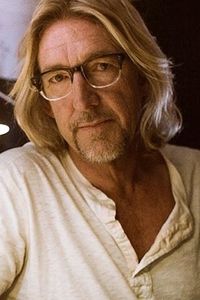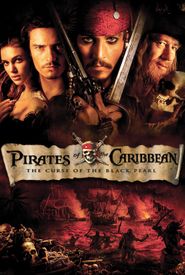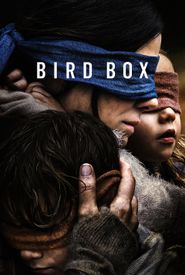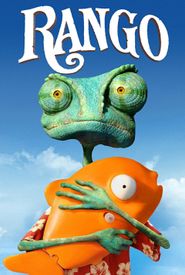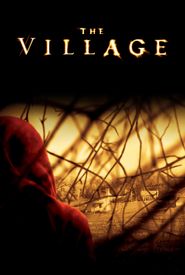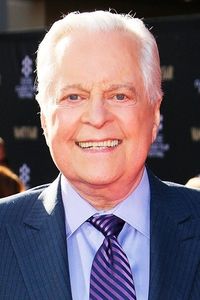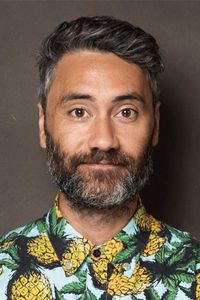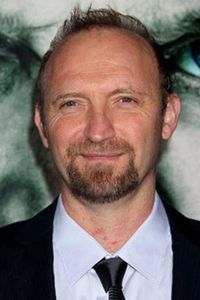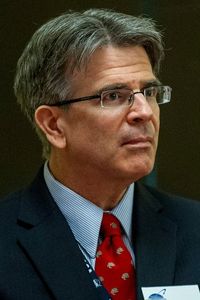Here is the requested biography:
Born to an Air-Force family in Colorado Springs, Colorado, Crash spent his early childhood in the vagabond style of military life. Most of his early training began from observing nature, where he gained a deep appreciation for the natural order of things. He seemed to have developed an understanding of light and shade and how objects related to one another. Along with his observations of present nature, he was also intrigued with visions of what once was, namely prehistoric wildlife. He delved into the study of Paleontology and soon found the marriage between factual science and the powers of the imagination to be the perfect testing ground for creating what was once only a world of fantasy. Crash made the proclamation that, when he grew up, he was going to 'do dinosaurs.'
Crash received a scholarship to the Art Center College of Design, in Pasadena, graduating with a BFA in illustration in 1988. That same year he met Stan Winston - consequently establishing a working relationship that would last for 12 years. Crash's first design challenge was Predator II, directed by Stephen Hopkins. He soon found himself immersed in the work that he could before only admire as a fan. Soon after, he collaborated with Tim Burton for "Edward Scissorhands." Burton was indeed a hero of Crash's, and as such, Crash reveled in the collaboration. Incorporating the facial features of actor Johnny Depp, Crash translated Burton's concepts into three different illustrations, one of which was selected as the final look for the character.
Immediately following was James Cameron's epic science fiction sequel "Terminator 2." With Cameron's background in art direction, Crash was challenged to satisfy the eye of a brilliant artist as well as director. Cameron had Crash designing for what came to be a $205 million box office sensation. Working once again with Tim Burton, Crash was asked to design the Penguin makeup Danny DeVito would wear in "Batman Returns." The result was an unforgettable character that redefined the villainous role portrayed in the comic books and distanced itself, through originality, from the television series of the '60's and '70's. Outselling the highest expectations with an overall box office success of $163 million. This design also attained a makeup Academy nomination for best make-up in a film.
The following year, "Jurassic Park" finally gave Crash the opportunity to work with whom he considers to be one of the greatest minds in filmmaking, Steven Spielberg, while also fulfilling his childhood prophecy - he was about to 'do dinosaurs' - and do them in an entirely unprecedented fashion. A whole new vision of dinosaurs, a whole new take on a kind of movie that had been done a million times before - essentially, breaking the mold. With new science and new ideas about what dinosaurs really were, the film depicted dinosaurs that were very active, warm-blooded and even intelligent. Because the project was cloaked in secrecy in its early stages, Crash worked in solitude on his concepts and rendered dinosaurs for an entire year. Once the film went into actual production, Crash served as an on-set puppeteer, breathing life into the prehistoric characters through radio-and cable-controlled performances, as well as performing as the Raptor he designed, donning the full size Raptor suit himself.
After a decade of designing some of the greatest iconic film characters in movie making history, Crash's notoriety began to escalate, driving him into a category he could only dream of as a young boy, being referred to as one of the top five in his profession. Crash went on to create a multitude of characters for the major studios biggest releases, working non-stop for a two-year period with films such as Disney's "Inspector Gadget," Dreamworks' "Galaxy Quest," Universal's "End of Days," where he was reunited with director Peter Hyams, and Dreamworks "What Lies Beneath" the Hitchcockian murder mystery directed by Robert Zemeckis.
After having mastered the ability to create artwork that captured the essence of storytelling, it was natural that Crash would develop a desire to tell stories in a literal sense, and thus began studying the art of writing in 1998 while continuing to build his repertoire of character designs.
The opportunity presented itself in 1999 with the HBO Creature Features series whereby Crash sold the first two stories he humbly pitched and then wrote. The first, "Earth vs. The Spider" went into production in early 2001, set to air at the end of the year, and is due to be distributed internationally through Columbia Tri-Star.
Just as the door had opened and the foray into writing began for Crash, the work that had attached him the Horror, Sci-fi, and Fantasy genre knocked once again with a third installment of "Jurassic Park," helmed by Joe Johnston, a director Crash holds in high esteem. He jumped back to his drawing board and began designing.
Steve Spielberg's A.I. Artificial Intelligence was Crash's next endeavor. Not since "Jurassic Park" had Crash's designs been so closely guarded
